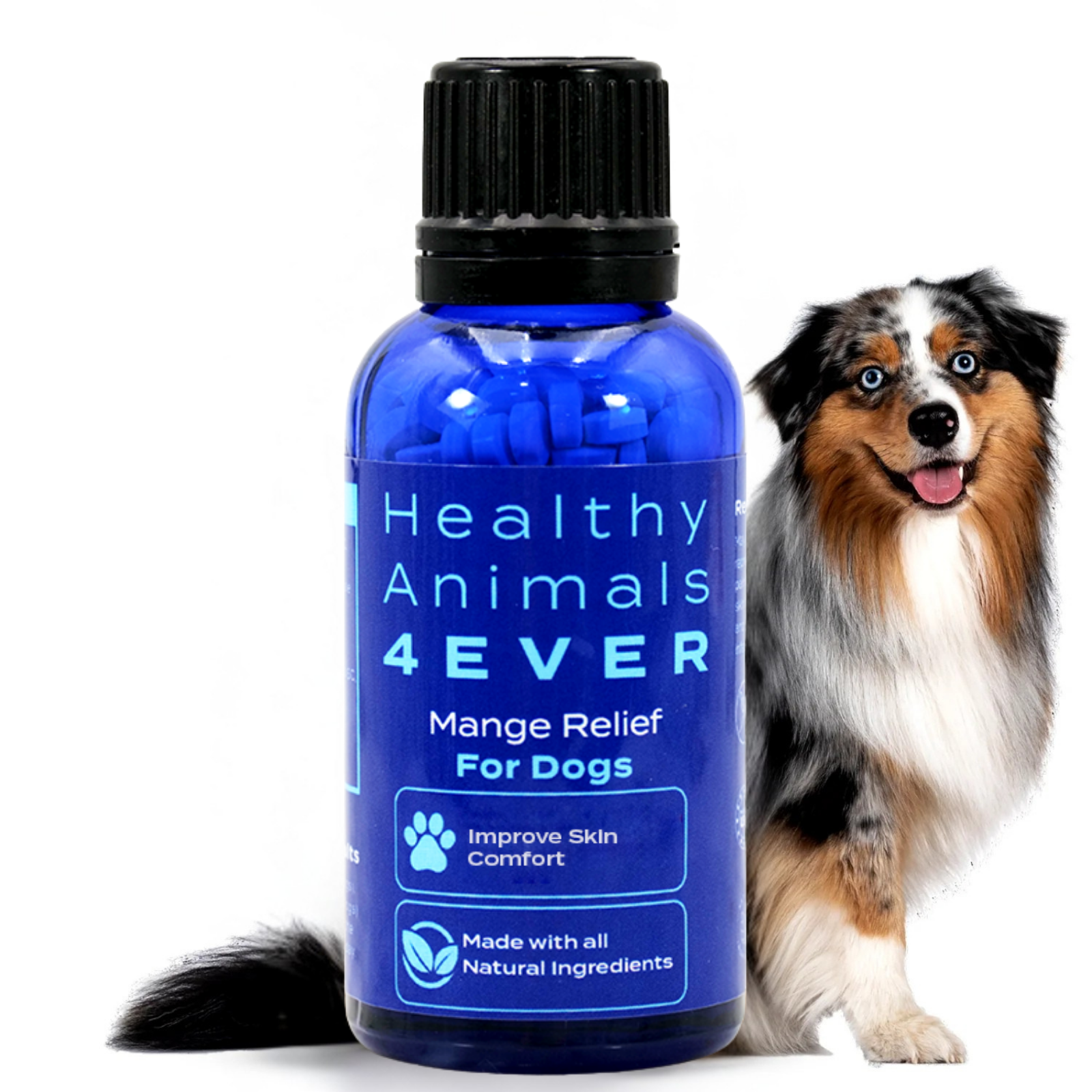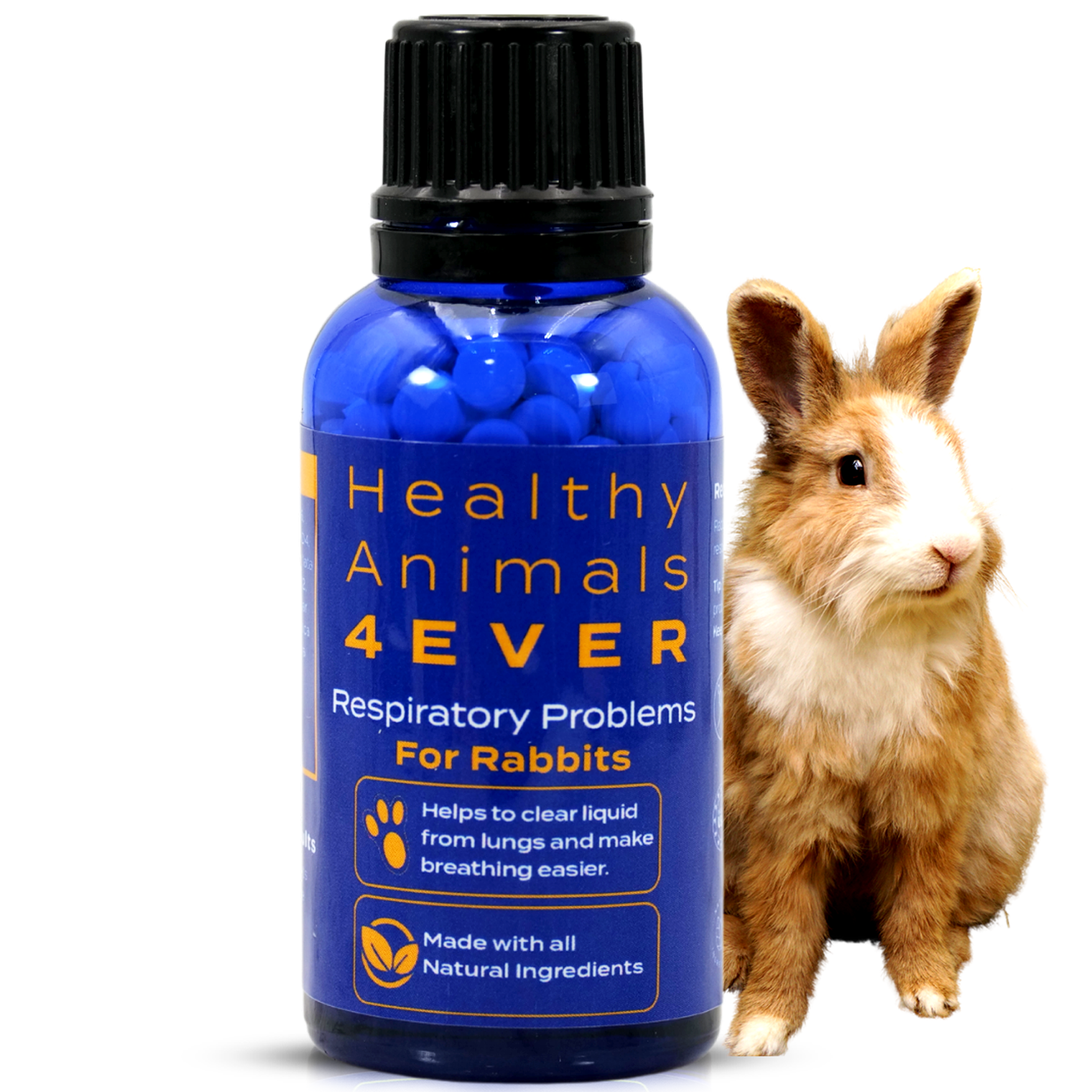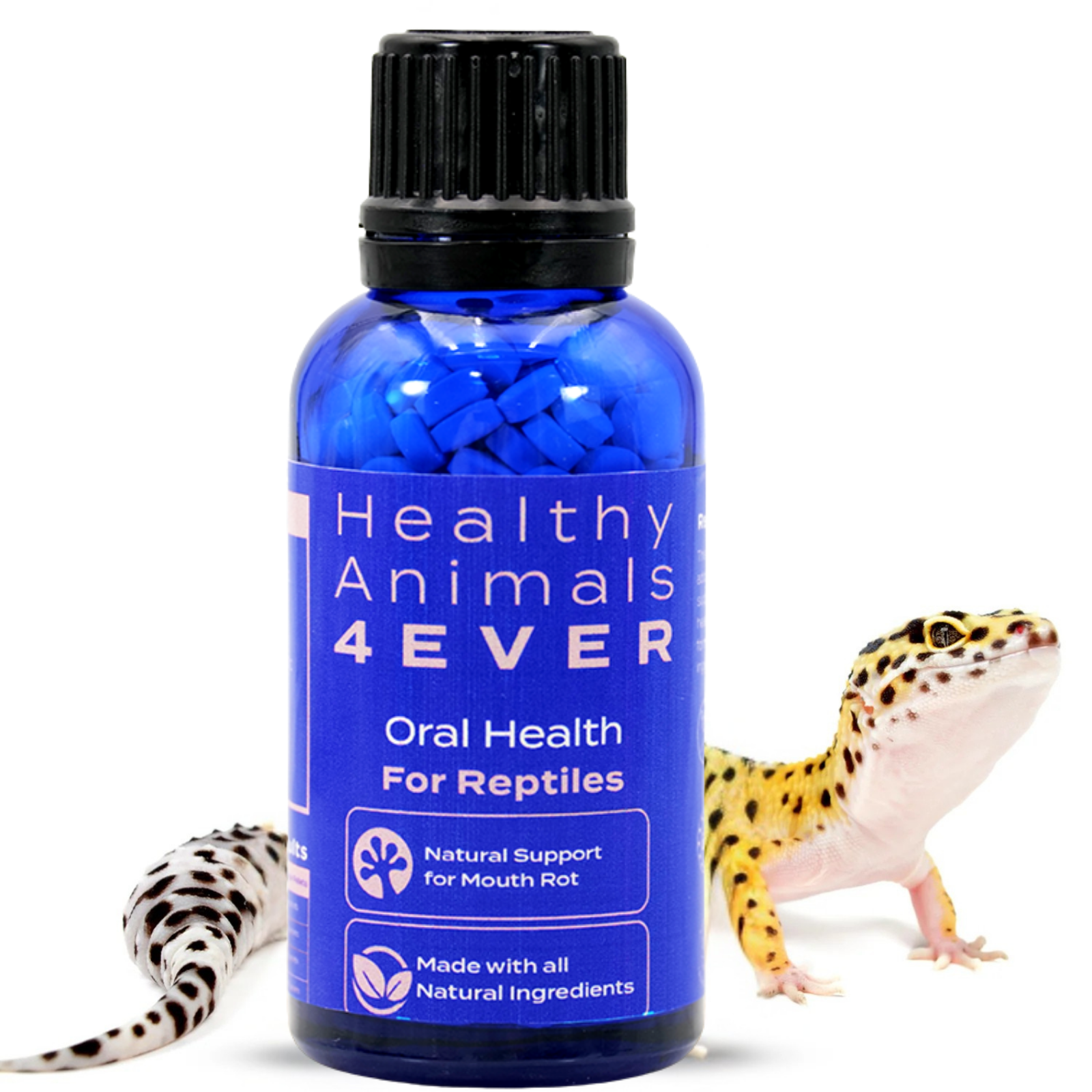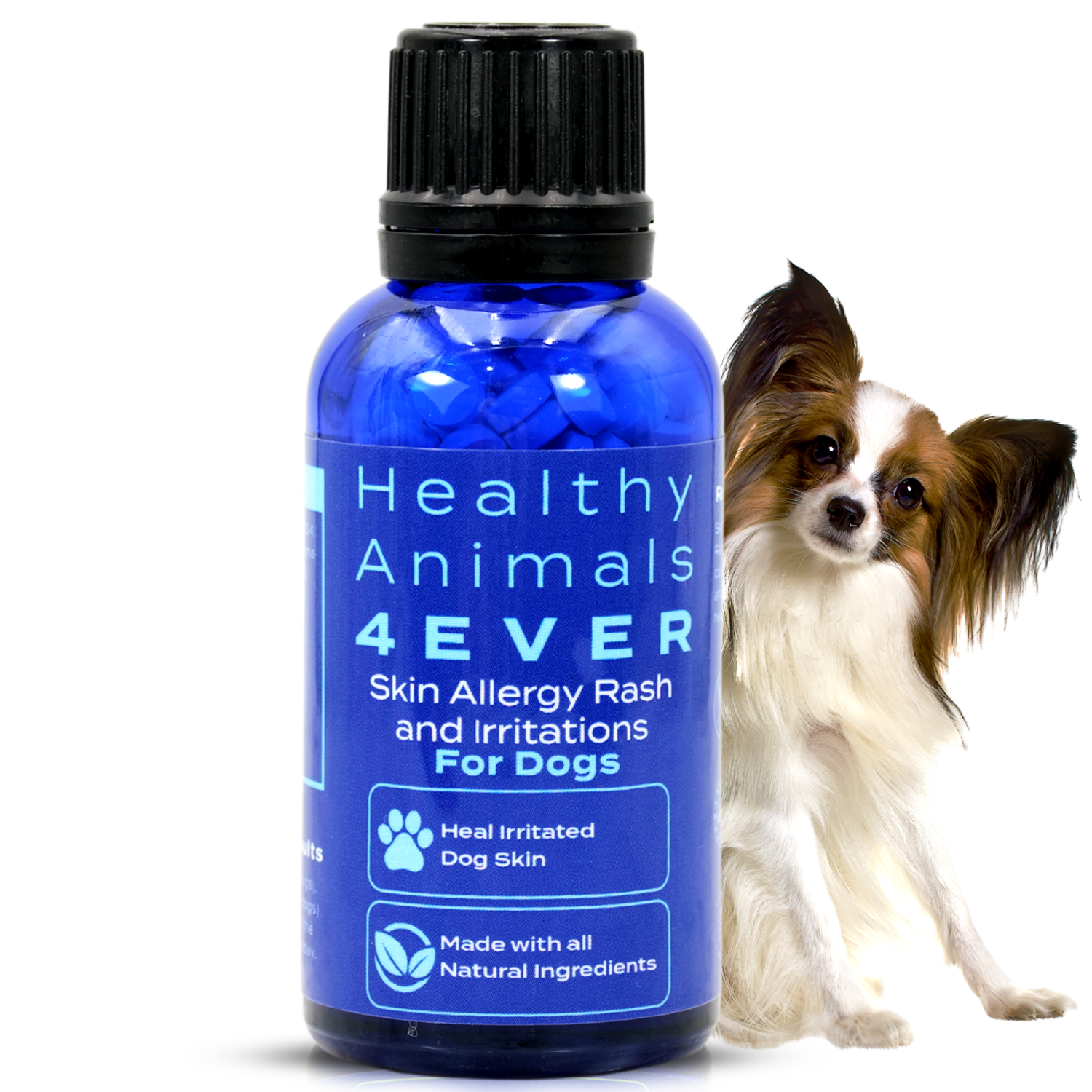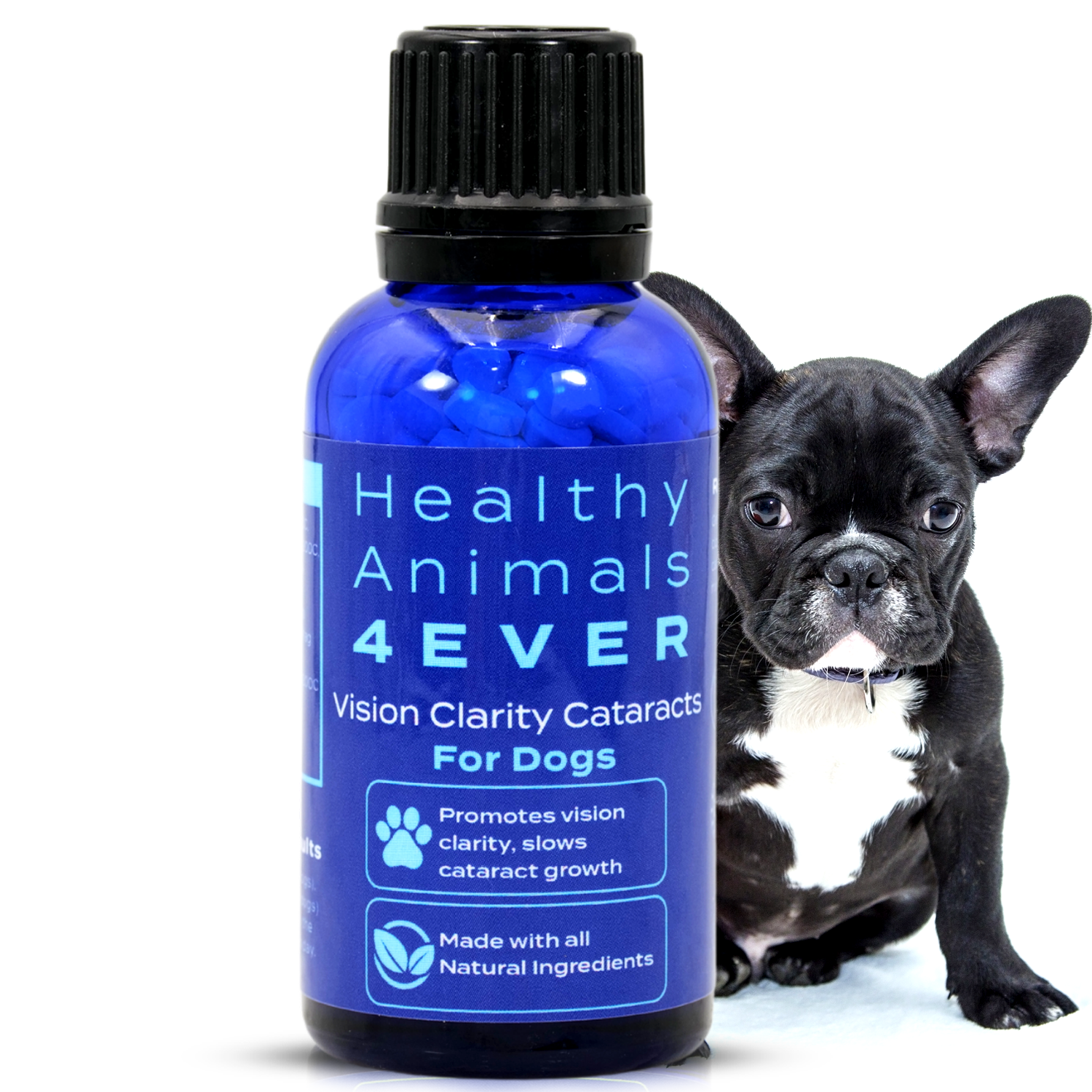ADOPTING A PITBULL
ADOPTING A PITBULL
Pitt Bulls have really gotten a bad rap over the years, but the blame falls, for the most part, on their owners. Remember Spot from the Little Rascals? He was an American Pitt Bull, and wasn't he sweet? Don't let the bad behavior of some irresponsible owners deter you from considering this type of dog as your new pet. Following is some background information to give you a good idea of what to expect if you think about adopting or purchasing one of these passionate animals.
The American Pitt Bull is a descendent of the Bull and Terrier breeds of dogs, grouped in the Mastiff category with stocky and muscular bodies, yet very elegant. Their coats consist of short, shiny, thick fur and are bred in several colors and patterns. An American Pitt Bull's ears are usually cropped and have pointy tails. Their heads are hard and square like cinder blocks, and they have incredibly powerful jaws with scissor-like teeth. The typical weight of a full-grown American Pitt Bull is around 55 pounds, and they stand about 22 inches high. American Pitt Bulls are an overall healthy breed of dog, sometimes prone to hip dysplasia and allergies to grass, and usually live on an average of 12 years.
American Pitt Bulls are not people haters! Most vicious publicized experiences about these dogs are actually the result of mixed breeding! Raised in a loving environment, they will be very good with children and other people. American Pitt Bulls do, however, have a tendency to be aggressive toward other animals. Still, if they are brought up in an unsociable atmosphere – it all depends on how you raise them. Brought up correctly, these dogs can make very obedient, loyal, and affectionate pets.
It is advised that you raise your Pitt Bull from the puppy stage to ensure a good temperament. When properly trained, these dogs will make excellent companions for your family. They are protective and make outstanding guardians for your property. American Pitt Bulls are very active and love to run. Still, even if you have an apartment or home without a yard, they will be very happy if you give them sufficient exercise and playtime. Because of their tenacity, you will want to make sure to keep them on a leash when taking them out in public.
Please acknowledge that if you’re planning or interested in purchasing an American Pitt Bull, it is your responsibility as the dog’s owner to raise it in a manner in which it will not become a terror. If you don’t, you will surely regret it and most likely lose your animal altogether.
EMERGENCIES & HEALTH ISSUES
Everyone with pets, whether dogs or puppies, needs a veterinary surgeon to turn to in an emergency. They do a wonderful job, and you should never ignore a pet's suffering. However, it is a waste of money to attend the Vet's surgery when the problem is one you can solve at home. This is a short guide to dealing with minor ailments as a Pets' First Aid. If the symptoms persist, you can still contact the Vet. Dog health need not always be a costly worry to the wise pet owner.
Some dog breeds do not like being handled: pitbull dogs and bull terriers. This should be a key element of dog obedience training so that the dog accepts that you are entitled to treat him for his own good. After a country walk, it is a good idea to give your dog quick grooming or rub down and check for any lumps or bumps that he may have picked up along the way. My own dog, a Collie – German Shepherd cross, gets twigs and sticks caught around his rear and bushy tail. Left unchecked, these can cause the fur to mat around them. The dog will worry about it and probably lick the area bare, leaving it open to infection. You can avoid this with a few minutes' attention.

Ticks are nasty. They have a one-piece body, and the harpoon-like mouth barbs attach to a host (your dog) for feeding. Crablike legs and a sticky secretion help the tick to hold on. Long-haired dogs like Schnauzers often suffer badly from ticks. When attempting to remove a tick, the aim is to prevent the mouth section from coming off and remaining embedded in the skin. The home remedy is simple and cheap – petroleum jelly, which you would get if you went to a pet shop and paid for a proprietary tick remover! The most effective way to remove the tick is to put a big lump of petroleum jelly over the area where it has attached itself. Leave this for at least ten minutes. Once the tick's grip loosens, you can wipe it out of the way with a tissue.
Ear mites - if your pet has ear mites, place two drops of corn oil into its ears (an eye dropper will do the trick), massage the ear gently, then clean with a cotton ball. This will suffocate the mites. Repeat for 3 days. Ve vets recommend regular ear bathing with oil to avoid a buildup of wax and irritants.
Constipation - try this quick fix for a constipated pet. Add 3 to 4 tablespoons of mineral oil to a large dog to its food. For a small dog, reduce the dose to 1 to 2 teaspoons. Do this for two days, and the problem should clear up.
Diarrhea – mix one heaped teaspoon of carob powder with a little water and mix it into your dog's dinner. Use half a teaspoon if you have a puppy.
Urinary tract infections – mix 30-40ml of cranberry juice into your pet’s food. This will boost the acidity of its urine, reduce bacteria and help relieve the discomfort.
FACTS ABOUT PITBULLS
Although Pit Bulls have gained a bad reputation for their seemingly aggressive behavior, this breed can be the ideal pet for the right owner. Pit Bulls crave attention and are very loyal and loving toward people.

On the other hand, other dogs tend to bring out the aggressive behavior of the Pit Bull. Originally bred to fight other dogs, Pit Bulls generally will not tolerate other dogs, especially those of the same sex.

But with an owner knowledgeable about Pit Bulls and their personality traits, this breed will flourish and bring a great deal of enjoyment to their human companions.
Pit Bulls tend to be very confident, loving, and bright and very dependent on humans. If left on their own for too long, they will often develop destructive habits such as chewing out of frustration and loneliness.
A good owner for this pet would be someone who is very responsible and committed to the specific care required by a Pit Bull. Pit Bulls need a great deal of training, exercise, and one-on-one attention with their owners to keep from becoming frustrated. They should also not be left alone with other dogs. Therefore, a household with no other pets is an ideal home for a Pitbull.
Contrary to their image in the media, Pit Bulls can be great with children. In general, Pit Bulls love people, especially children. The most common problem associated with Pit Bulls and children is that Pit Bulls are extremely energetic. In their excitement, they have a tendency to knock young children over; puppies especially have a tendency for this.
They are also very easy to train due to their high level of intelligence and desire to please their owner. For this reason, positive methods of training work best for a Pit Bull. Demoralizing punishments usually are very counterproductive in Pit Bulls because of their personality traits and should be avoided. Pit Bulls live for an average of 12 to 14 years and usually experience good health for their entire lifetimes. Some common health problems experienced by the breed include Parvo, hip dysplasia, hereditary cataracts, and allergies.
SUMMARY
In General, this breed is very easy to socialize with humans and is typically a great deal of fun to have around. Many Pit Bulls exhibit superior performance in obedience training and physical activities such as Frisbee and playing ball. For these reasons, Pit Bulls should not be overlooked when selecting a pet if you have what it takes to care for this special breed.


